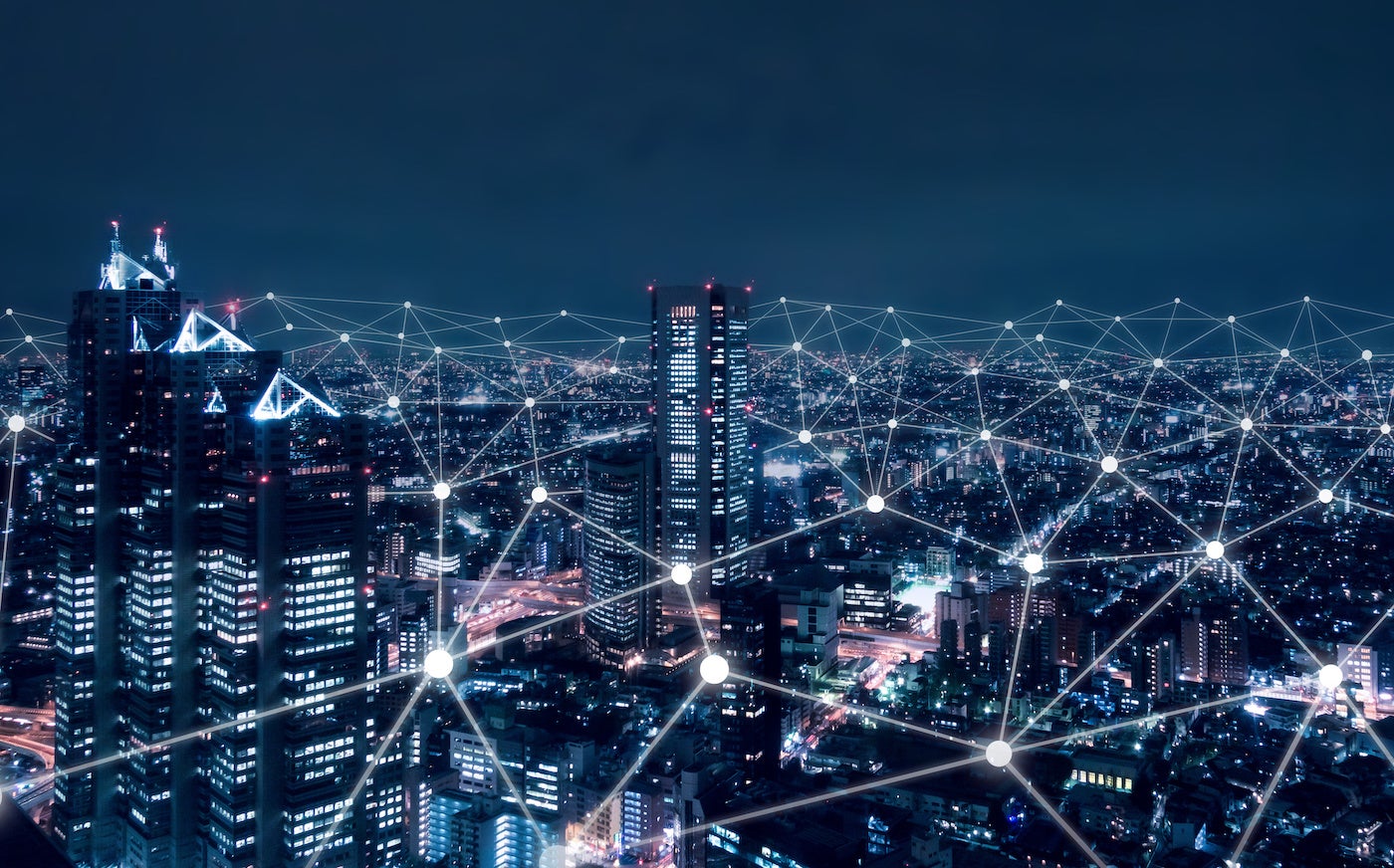
Thinxtra CEO Nicholas Lambrou can bear in mind when cloud computing was taking off. As boards and executives balanced the advantages and the dangers, he mentioned there was a realization from them that, “In the event that they didn’t have a cloud technique, there was a strategic danger of going extinct.”
The same time might have arrived for the Large Web of Issues. Companies are specializing in effectivity at a time when inflation, labor and vitality prices are rising. They’re additionally below extra strain to enhance environmental, social and governance compliance readiness.
“The present macro setting places quite a lot of strain on boards round ESG compliance and with the ability to display what they’re doing to get to carbon web zero or enhance their operational efficiencies,” Lambrou mentioned. “That’s the place Trade 4.0 actually comes into play.”
Components that would affect the expansion of Large IoT
In 2022, IDC’s Worldwide Semiannual Web of Issues Spending Information instructed increasing 5G deployments, surging forex charges, a rising embrace of synthetic intelligence and the cloud and massive information had been supporting the expansion of the IoT market in Australia and New Zealand.
Whole IoT spending in Australasia was forecast by IDC to exceed AUD$16 billion (USD$10.1 billion) in 2022 — up 13% from 2021. Spending was predicted to develop at a compound annual progress charge of 10%, to hit AUD$24 billion (USD$15.2 billion) in 2026.
SEE: The full Web of Issues cheat sheet.
In 2023, IDC forecast whole Asia-Pacific spending would attain USD$277.5 billion (AUD$436 billion) this yr. Rising demand for distant operations, provide chain effectivity and growing digital footprints got as extra causes for this anticipated progress within the IoT market.
Thinxtra’s Lambrou says a drive to comprehend operational efficiencies, rising strain for ESG compliance and reporting, the sundown of 3G-reliant applied sciences in Australia, rising affordability of IoT applied sciences and rising IoT product consciousness may spur progress.
A drive to cut back prices and notice operational efficiencies
The present enterprise setting is driving Australian enterprises to optimise prices throughout their operations, Lambrou mentioned. “I’d wrestle to see any group not keen on methods to cut back the price of doing enterprise or growing operational efficiencies,” mentioned Lambrou.
IoT deployments will help organizations discover methods to save lots of. For instance, grocery store big Coles used IoT expertise to enhance efficiencies in delivery poultry to distribution facilities. By monitoring 4,500 chilly meals bins, it has been capable of scale back these distribution prices by 25%, by means of maximising meals bin utilization, decreasing wastage and bettering supply routing.
Rising strain for ESG compliance and reporting
Whereas Australia doesn’t mandate ESG reporting, proposed regulatory regimes and market developments are elevating the sustainability dialogue.
“We’re seeing elevated strain round coping with operational efficiencies and addressing ESG compliance,” Lambrou mentioned. “(IoT) has a job to play in round ESG compliance and making certain that, when there’s legislative change, organizations are doing the proper factor they usually have a course of in place to handle attending to that time of offsetting carbon and with the ability to report.”
The approaching sundown of 3G-reliant applied sciences in Australia
Australian telecommunications suppliers are resulting from change off their 3G networks by mid-2024. Many units that had been put in or applied utilizing 3G applied sciences, which can have been the one possibility open to organizations when put in, would possibly have to be changed quickly.
Lambrou mentioned organizations might have needed to depend on mobile networks designed for sending quite a lot of information previously. Nonetheless, the provision of the likes of 0G applied sciences gives extra choices for the long run in addition to higher information insights by means of platforms and analytics.
Affordability of newer era IoT applied sciences
Initially, the price of IoT made it much less engaging to companies. The prices have come down because the expertise has improved and grow to be extra environment friendly and cheaper to supply making it extra practical for companies to make the most of to comprehend value financial savings.
One of many causes for the introduction of the 0G low-power, wide-area community protocol for the IoT was to comprehend the associated fee benefits compared with greater value mobile expertise, enabling companies to pay just for what they wanted.
PREMIUM: Obtain our in-depth analysis on enterprise IoT or our IoT coverage.
Lambrou mentioned a contemporary IoT system solely wakes as much as ship a studying after which goes again to sleep. This has helped prolong the 12 to 18-month battery lifetime of a tool to a few, 5 and even seven years, knocking down among the value limitations that existed beforehand.
Rising consciousness of IoT and potential enterprise outcomes
Consciousness of IoT applied sciences has lagged behind the event of recent platforms, units and connectivity strategies. Lambrou mentioned consciousness is rising, and buyer preferences are driving the emergence of end-to-end choices out of a previously fragmented IoT tech market.
How will Australian enterprises use Large IoT?
There are a lot of potential use instances for Large IoT applied sciences, Lambrou mentioned. This might embody every thing from vape detection in colleges to making sure air con is working at acceptable ranges to cut back vitality payments or monitoring cows to optimize feed administration.
“It is just restricted to 1’s creativeness,” Lambrou mentioned.
One instance is CouriersPlease. The corporate shifted to event-driven notifications through IoT to trace transportation cages delivering 30 million parcels a yr. CouriersPlease gained insights on buyer behaviour — equivalent to cages sitting idle for too lengthy — which improved effectivity.
SEE: Our abstract of industrial use instances for the IoT applied sciences
New Zealand-based glass producer AGP eGlass additionally deployed Large IoT to trace over 1,750 supply trolleys. This helped it disrupt its trade by minimizing losses and making certain its trolley property returned on time, so it may keep its four-day order-to-delivery service.
Thinxtra anticipating a hybrid IoT future
Thinxtra accomplished a $5 million capital elevating in 2023. It’s focusing on progress in purposes together with operational sustainability, vitality conservation and sensible utilities, provide chain resilience, amenities administration, indoor air high quality monitoring and ESG reporting.
Lambrou mentioned he expects the long run will see organizations use a hybrid combine of various IoT applied sciences as they adapt to completely different use instances and enterprise necessities.
“I liken it to what we noticed within the cloud in that the age-old argument, ought to we be within the public or non-public cloud, or on-premises? The foregone conclusion is: Hybrid is right here to remain,” Lambrou mentioned. “It should probably be the identical with the Web of Issues, the place we are going to see situations with a mix of various applied sciences, together with mobile,Bluetooth Low Power and Wi-Fi.”

